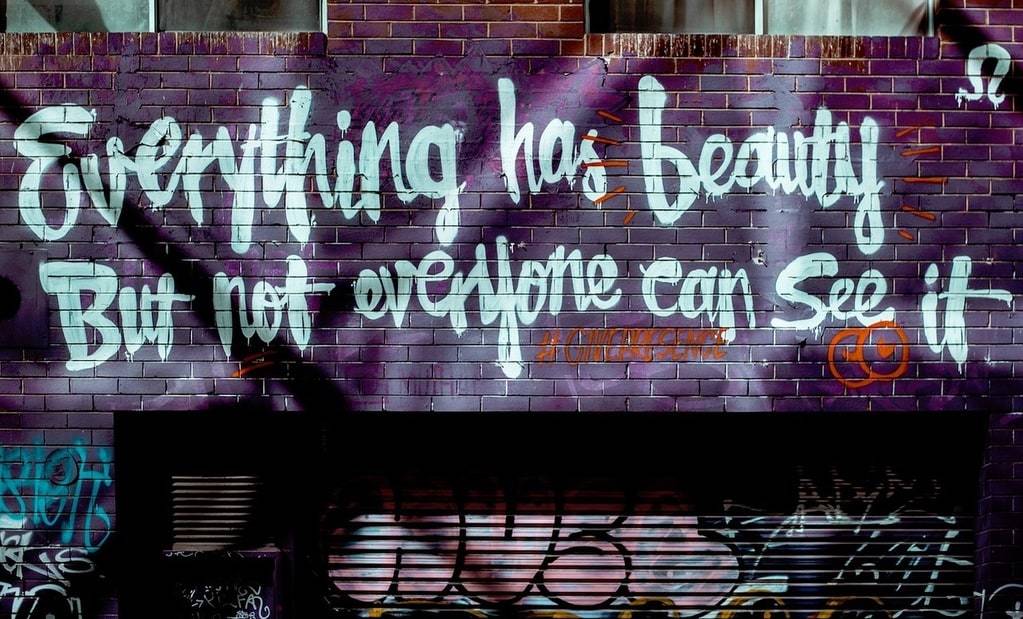
Cultural influences in modern interior design
Cultural influences have always played a significant role in shaping modern interior design, creating spaces that are both aesthetically pleasing and deeply meaningful. This article explores the various cultural influences that have contributed to contemporary interior design trends, highlighting how different cultures inspire and define modern living spaces.
Cultural Influences in Contemporary Interior Design
In today’s globalized world, interior design has become a melting pot of diverse cultural elements. From Scandinavian minimalism to Japanese Zen, and from Moroccan motifs to the rustic charm of the Mediterranean, these styles bring unique flavors and enrich modern interiors with their distinct characteristics.
Scandinavian Minimalism
Scandinavian design, known for its minimalistic approach and functionality, emphasizes simplicity and clean lines. This design philosophy is deeply rooted in the Nordic countries’ lifestyle and climate. The use of light, neutral colors, natural materials like wood, and an uncluttered aesthetic creates spaces that are both cozy and modern. The principle of “hygge,” a Danish concept that embodies comfort and contentment, is often a key element in Scandinavian interiors, promoting a serene and inviting atmosphere.
Japanese Zen
Japanese Zen design focuses on creating harmony and balance within a space. Inspired by traditional Japanese culture, this style incorporates natural elements, simplicity, and a sense of tranquility. The use of sliding doors, tatami mats, and low furniture reflects the minimalist ethos of Japanese interiors. The concept of “wabi-sabi,” which finds beauty in imperfection and transience, often guides the design choices, resulting in serene and contemplative environments.

Moroccan Motifs
Moroccan design is characterized by vibrant colors, intricate patterns, and rich textures. This style draws heavily from Morocco’s diverse cultural heritage, blending Arab, Berber, and French influences. Key elements include bold geometric patterns, ornate tiles, and handcrafted furniture. The use of lanterns, poufs, and richly colored textiles adds to the exotic and luxurious feel of Moroccan-inspired interiors, making them both visually stunning and culturally rich.
Mediterranean Charm
The Mediterranean style reflects the laid-back, sun-soaked lifestyle of countries bordering the Mediterranean Sea. This design aesthetic emphasizes the use of natural materials, earthy colors, and an abundance of natural light. Stone walls, terracotta tiles, and wooden beams are common features, while the incorporation of greenery and open spaces blurs the lines between indoor and outdoor living. This style evokes a sense of warmth and relaxation, reminiscent of coastal living.
Here are some key elements often found in culturally influenced interior designs :
- Color Palettes: each culture brings its unique color scheme. Scandinavian design favors whites and grays, while Moroccan interiors are rich in deep reds and blues.
- Materials: the choice of materials often reflects cultural preferences. For instance, Japanese design emphasizes natural woods and stones, whereas Mediterranean style uses terracotta and wrought iron.
- Patterns and Textures: cultural patterns and textures, such as Moroccan mosaics or Japanese tatami mats, add depth and interest to interiors.
Fusion of Cultures
Modern interior design often sees the fusion of multiple cultural influences, creating eclectic and personalized spaces. This blend allows for the incorporation of diverse elements that reflect an individual’s heritage or personal tastes. For instance, one might combine Scandinavian furniture with Japanese décor elements, creating a minimalist yet warm and inviting space. This fusion not only enhances the aesthetic appeal but also imbues the space with a rich, multi-layered cultural narrative.
Impact of Technology on Cultural Design
Technology has also played a pivotal role in spreading cultural design influences. Digital platforms allow designers and homeowners to access a plethora of design inspirations from around the world. Virtual reality (VR) and augmented reality (AR) enable the visualization of culturally diverse interiors before they are physically created. This technological integration facilitates the blending of global styles, making it easier to experiment with and adopt different cultural elements in modern interior design.
The Role of Cultural Artifacts
Cultural artifacts, such as traditional art pieces, textiles, and furniture, are often integrated into modern interiors to add a touch of authenticity and heritage. These items serve as focal points and conversation starters, offering a glimpse into the culture they represent. The inclusion of such artifacts not only enhances the aesthetic value of the space but also preserves and honors cultural heritage, making modern interiors more meaningful and personalized.
Timeless Elegance of Cultural Designs
Incorporating cultural influences into modern interior design creates spaces that are not only beautiful but also deeply personal and reflective of global diversity. By embracing different cultural elements, interior design can transcend mere aesthetics, offering a rich, immersive experience that resonates with individuals on a deeper level. This timeless elegance of culturally inspired designs ensures their relevance and appeal across different eras and styles.

